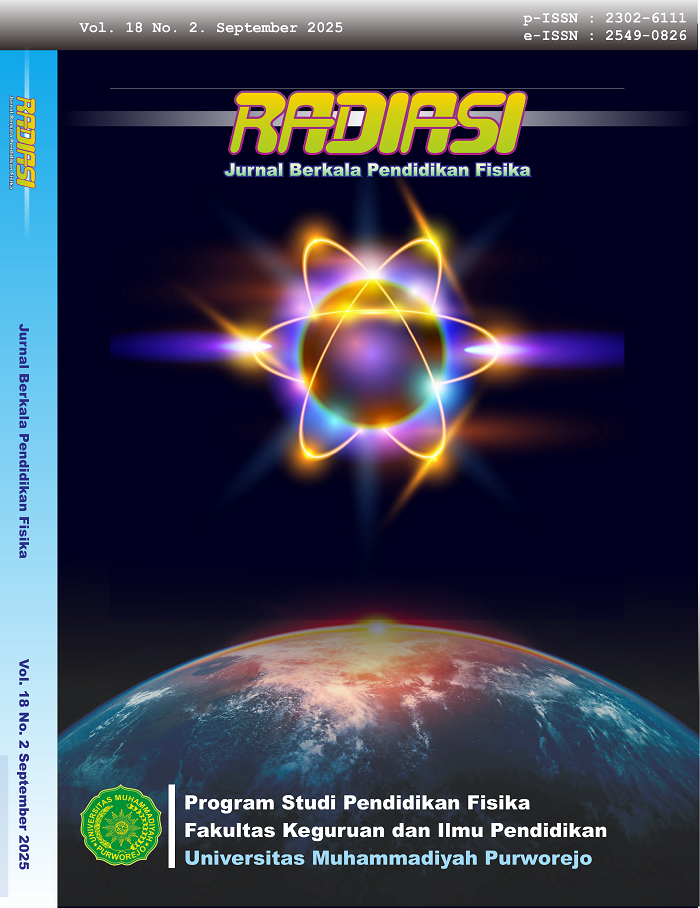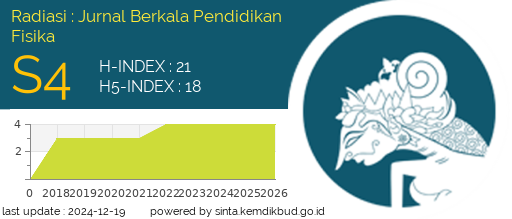Analysis of Student Participation in STEM-Based Robotics Lessons Using Transcript-Based Lesson Analysis
Abstract
This study aims to analyze student engagement in STEM-based robotics learning at SMP IT Nurul Ilmi, Jambi City. The research was conducted using the Lesson Study approach and the Transcript-Based Lesson Analysis (TBLA) technique to examine student engagement based on the following indicators: actively working on learning tasks, asking questions to teachers or peers, seeking information to solve problems, participating in group discussions, assessing acquired skills/results, practicing similar problem-solving, and applying learning outcomes to new tasks. Data were collected through observations, audio recordings, and transcript analysis using Excel, presented in percentage form. The results show that the most prominent indicator was active involvement in completing learning tasks (38 percent), while the lowest indicators were practicing similar problem-solving (2 percent) and seeking information to solve problems (0.13 percent). These findings indicate that STEM-based robotics learning can foster student participation in core activities but has not yet fully developed scientific skills that serve as an essential foundation in science learning, such as observing phenomena, formulating questions, seeking information, and re-examining concepts through similar problems. Therefore, the implementation of robotics learning in the context of science education needs to be designed to train students in independent exploration, critical thinking, and transferring knowledge to new situations in accordance with the characteristics of science learning to support 21st century skills.
Downloads
Copyright (c) 2025 Melan Yulia Sari, Nova Susanti, Rahma Dani

This work is licensed under a Creative Commons Attribution-NonCommercial 4.0 International License.




